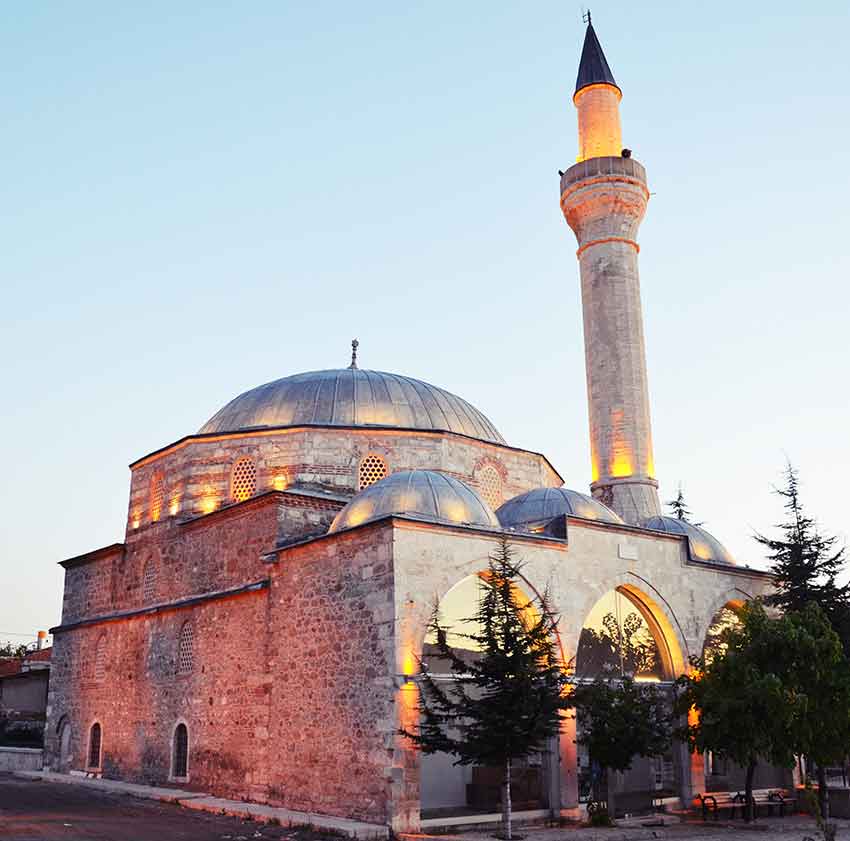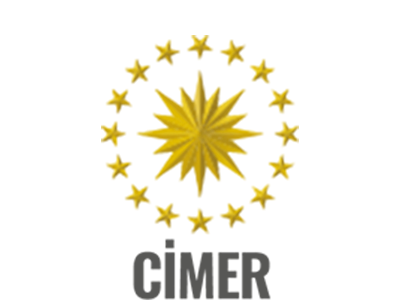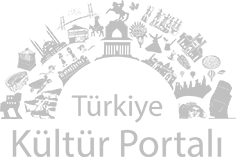According to the inscription on the entrance of the mosque, it was ordered by Sheik Baba Yusuf, the famous poet of the Bayezid II Era, H. 898 / 1492 AD. It is said that Baba Yusuf from Sivrihisar unveiled the Bayezid II Madrasah in Istanbul. He also gave the opening lecture in the first Friday prayer in the Bayezid Mosque (Osmanlı Medreseleri, p. 164).
The inscription consists of three sections as three lines in Arabic. It is written with a poor Thuluth writing, and thus the Arabic is flawy.
- Buniye Baba Yusuf câmian / Rıdâullahi tealâ râciyen / Lem teci fi arsahüd-dehri sâliken
- Yesekahû fi midmârihi Fârisan / Yesirru likâlil yevmellezi / Fîhi abdeke râkian ve sâciden
- Kâle kudsî fî târihi / Vemen dahelehu kâne âminen / Sene semânin ve tis’în ve semâniye. H.898
Baba Yusuf built this mosque, hoping for God’s mercy. There was no one like him in his century. Let the cavalry man water his horse, and may God make His praying servants happy. Kudsi recorded the day as follows: Whoever enters the mosque shall be safe. 1492 AD
The mosque was built in place of the masjid ordered by Hodja Ibrahim, the son of Hadji Osman, in 1343. The tombs of Halil Hodja, Sheik Baba Yusuf’s father, and Veli Hamdi Baba, Sheik Baba Yusuf’s son, are in the shrine next to the mosque. The mosque was planned as a square-shaped structure. There is a narthex consisting of three sections and carried by four round pillars. The prayer hall is covered with a dome made of lead. The mosque’s round, niche- shaped mihrab decorated with muqarnas is surrounded by pillars. These pillars are distinguished from others with their zigzag form.

